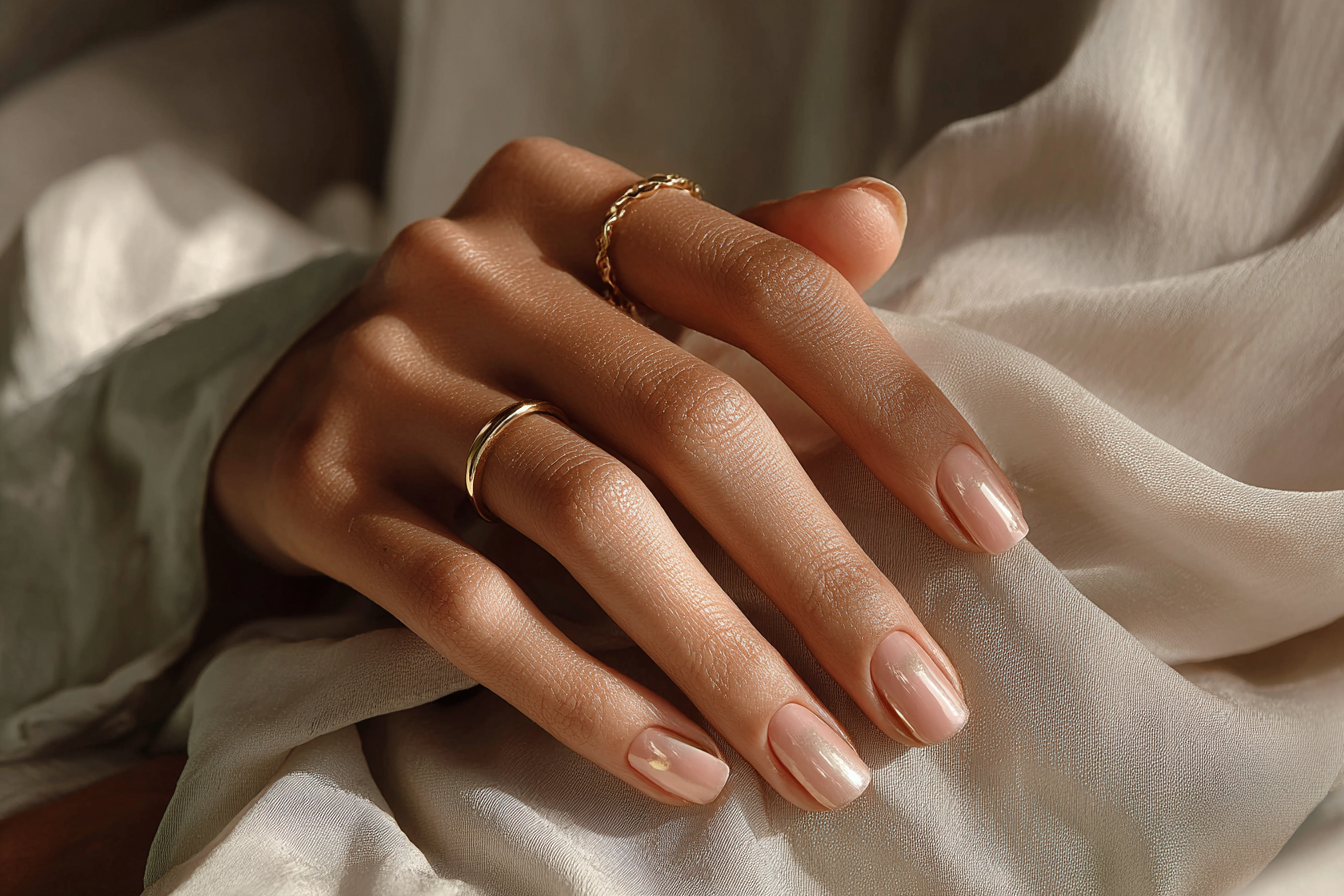Busting 8 Popular Myths About Waxing
With summer in full swing and swimwear season upon us, many turn to waxing as their go-to hair removal solution. Yet despite its popularity, waxing remains surrounded by myths that often leave people hesitant or confused about the process. Although intimate waxing consistently makes up the majority of service revenue at Strip, the brand sees a noticeable spike in demand as summer approaches, typically increasing by around 13%. Monica Ella Botros, Managing Director at London’s award-winning Strip Hair Removal Experts, is here to set the record straight, busting common misconceptions and sharing essential facts for a smooth and confident summer.
Myth 1: Waxing makes hair grow back thicker and darker
Truth: Waxing actually causes the opposite over time. Since waxing pulls hair out from the root, weakening the hair follicle, regrowth tends to be finer, softer and lighter in colour. This gradual weakening means many people notice reduced hair density and slower regrowth with consistent waxing. Shaving on the other hand, cuts hair bluntly at the surface, making regrowth feel coarse and appear darker.
Myth 2: You need to grow your hair super long before waxing
Truth: Hair only needs to be about ¼ inch long (the length of a grain of rice) for effective waxing. Longer hair can cause discomfort and break during removal, leading to uneven results and faster regrowth. We recommend waxing every 4 to 6 weeks to maintain the ideal length for smoother, less painful sessions, perfect for keeping skin holiday and pool-ready all summer.
Myth 3: You can’t wax while on your period
Truth: You absolutely can wax during your period, it’s completely safe and hygienic with a tampon or menstrual cup. Hormone fluctuations can heighten skin sensitivity, making waxing feel slightly more uncomfortable but professional therapists adapt techniques to minimise discomfort anytime.
Myth 4: Waxing causes more ingrown hairs than shaving
Truth: When done correctly, waxing actually leads to fewer ingrown hairs than shaving. Waxing removes hair from the root allowing it to grow back with a soft and tapered end. Shaving leaves a blunt edge more likely to curl back into the skin. Regular exfoliation, moisturising and post-wax treatments (like salicylic acid sprays) can significantly reduce ingrown hairs especially helpful during hot and sweaty summer months.
Myth 5: You can’t enjoy the sun after waxing
Truth: You absolutely can but timing and protection are key. Waxing exfoliates the skin by removing the top layer of dead skin cells, which makes freshly waxed areas more sensitive to UV rays. To avoid irritation, sunburn or pigmentation, it’s best to stay out of direct sun for 24 to 48 hours post wax. If you're heading outdoors, apply a high-SPF sunscreen to waxed areas and reapply regularly. This is especially important before beach holidays or for exposed areas like the face, underarms and bikini line.
Myth 6: Post-wax redness is a sign of a bad reaction
Truth: Mild redness and sensitivity after waxing is normal, especially in sensitive areas or after first treatments and usually fade within hours. Correct aftercare, avoiding heat, friction and perfumed products for 24 hours and using calming, non-comedogenic products helps recovery.
Myth 7: Waxing is only for women
Truth: Waxing is for everyBODY. At Strip, more men are booking everything from backs and brows to intimate waxing, especially in summer. For many, it’s about hygiene, comfort, performance and confidence. Waxing offers longer-lasting results than shaving with discreet, professional services tailored to all skin types and hair textures.
Myth 8: You can’t wax if your skin is tanned
Truth: A natural tan doesn’t rule out waxing but timing matters. Skin that’s been recently sun-exposed, especially if it’s red, sensitive or sunburnt is more prone to discomfort and irritation during waxing. We recommend waiting at least 24 to 48 hours after tanning (natural or sunbed) before your appointment to allow the skin to calm down. This helps reduce the risk of redness or peeling. If you’re prepping for a holiday, schedule your wax before you tan for the smoothest and safest results.








